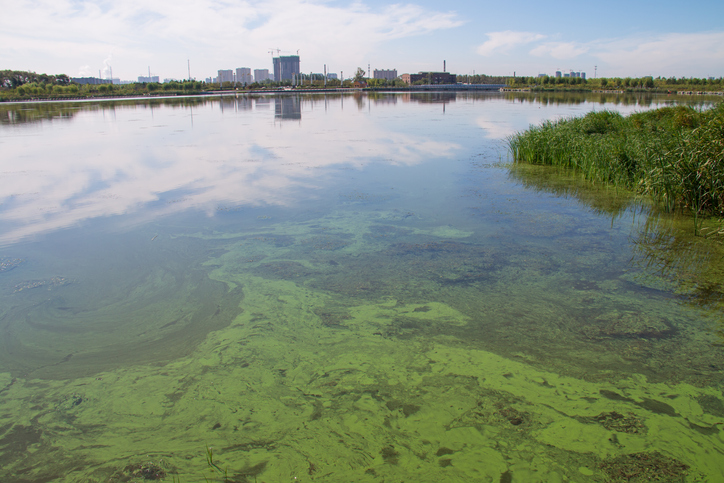Last week the U.S. Environmental Protection Agency announced the final version of a new rule called the Navigable Waters Protection Rule, which will define the “waters of the United States” (WOTUS) under the Clean Water Act (CWA). The WOTUS definition is important as it determines which of the nation’s waterways falls within the jurisdiction of the CWA, the federal law that regulates the discharge of pollutants to the country’s surface waters. The recent announcement regarding the Navigable Waters Protection Rule is the second of two steps in the …
Continue Reading









